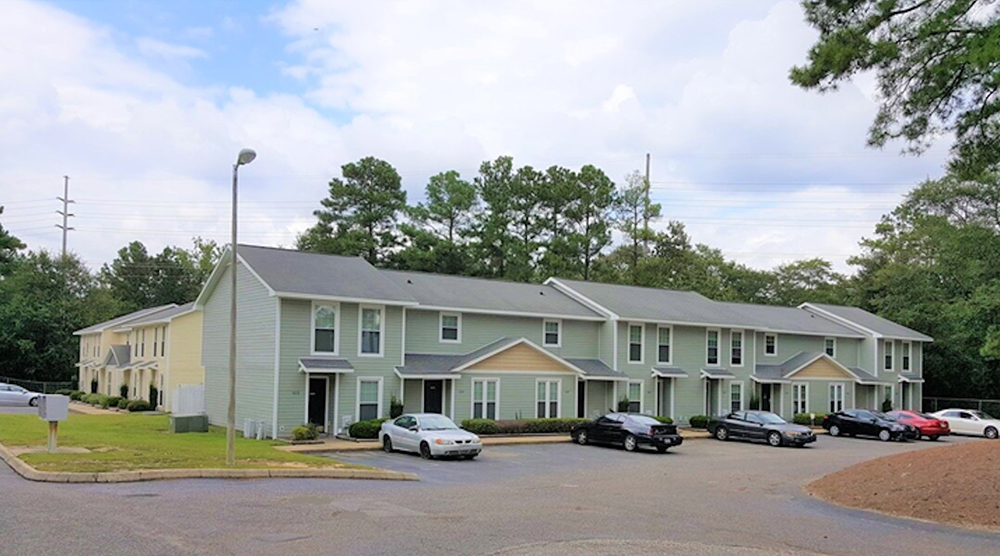A little at a time: Structuring an installment sale - by Kyle Kadish

Real estate investors maintain an outsized portion of benefits through the Internal Revenue Code versus nearly any other U.S. taxpayer. These opportunities exist through both the operation and eventual liquidation of real property. Even with the multiple options available to investors, many often become paralyzed, refusing to sell at the thought of a massive tax liability. Previous columns demonstrated the advantages of a 1031 exchange, Qualified Opportunity Zones, and UPREITs. This month we discuss how structuring an installment sale can alleviate tax concerns, preserving capital while providing broad flexibility for using proceeds.
Language related to an installment sale is buried within the tax code as IRC §453. A seller receiving payments through installments is generally only subject to payments received in a given year. The installment must include a principal value, minimum interest rate, and duration. Many real estate investors might recognize this concept often associated with seller-financed transactions. Creativity and proper planning elevate the installment concept - unlocking capital from the property sale while using the same form and function written within the code.
Optimizing an installment sale requires an independent third party to write a promissory note held by the seller – many trust companies and other firms act as disinterested parties to the taxpayer for this purpose. The independent party receives an assigned purchase & sale contract in exchange for the promissory note; upon the property sale, the buyer funds the separate entity – providing collateral for the seller’s installment. With the installment in place at the time of sale, the seller relinquished the asset without any immediate tax liability.
To comply with the purposes of the tax code and not be a sham, the assets held by an independent entity must demonstrate an investment purpose, i.e., they cannot sit in cash. The taxpayer may access this pre-tax capital for future investments in real estate or other investable assets – creating a customized income stream and tax payment calendar. This strategy creates multiple benefits over a 1031 exchange.
Utilizing an installment sale erases the 45- and 180-day reinvestment time clocks associated with a 1031 exchange; exchangors often transact at the same point in the market cycle because of the time restrictions. The seller is not subject to reinvestment calendars when structuring an installment sale, even waiting for a lower entry point.
Many real estate investors sell the property after years of depreciation when the adjusted basis nearly eroded. Conducting a 1031 exchange carries the basis over to the new property. An exchange investor increases their basis when purchasing a larger property or making improvements. Accessing funds from the installment sale for purchasing real estate creates an entirely new depreciation schedule.
Finally, unlike the 1031 exchange, structuring an installment sale is not limited to investment real estate. Owners of (personally used) vacation properties can structure an installment in the sale. Couples receive a $500,000 tax-free gain on their primary residence; an installment can eliminate immediate taxation on gains over $500,000. These transactions frequently also occur with closely held businesses. Seeking an optimal sale price with multiple assets may leave a taxpayer with more than one installment.
Many real estate investors were introduced to this installment strategy through their qualified intermediary during their exchange period. These exchangors have structured an installment to preserve constructive receipt issues rescuing an otherwise failed exchange. Not every qualified intermediary will know of this concept, and others will object based on a memo from California’s Franchise Tax Board published in late 2019, despite no federal ruling on the conversion.
Structuring a unique installment for each taxpayer and asset provides thoughtful planning. With more significant asset sales, taxpayers should know that the IRS assesses an annual interest charge when an installment from any asset is more than $5 million in a calendar year. Additionally, if selling property with debt, the debt payoff will be subject to (pro-rated) taxes. Additional considerations can generate the desired outcome by utilizing multiple tax strategies. Ultimately sellers can often overcome specific transaction complexities.
Advantage Wealth Solutions believes investors can only maximize investment returns after minimizing tax liabilities. Our continuously expanding real estate client roster consistently seeks multiple tax mitigation strategies. We invite you to join the conversation by calling 877.866.1031 or writing kkadish@tag-ages.com.
Kyle Kadish is the president of Advantage Wealth Solutions, Windham, NH.
This material does not constitute an offer to sell nor a solicitation of an offer to buy any security. Such offers can be made only by the confidential Private Placement Memorandum (the “Memorandum”). Please read the entire Memorandum paying particular attention to the risk section before investing. This material is not intended as tax or legal advice. Securities offered through AGES Financial Services, Ltd., member FINRA/ SIPC/MSRB
Preservation of Affordable Housing secures $23.5 million in financing from Rockland Trust and Citizens Bank


Conn. hospitality market: A technical appraisal perspective on market dynamics and valuation challenges (2019-2025)









